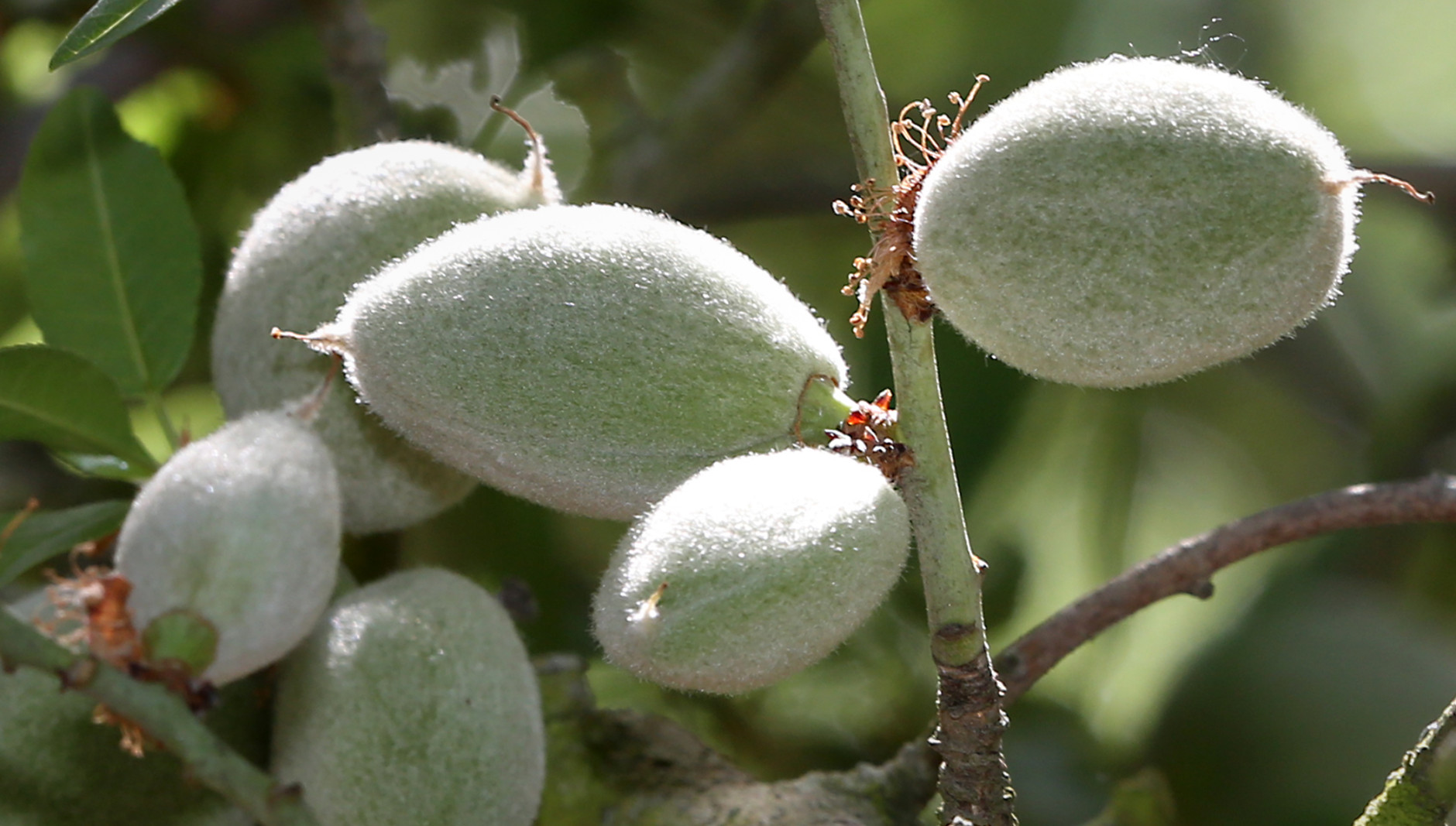
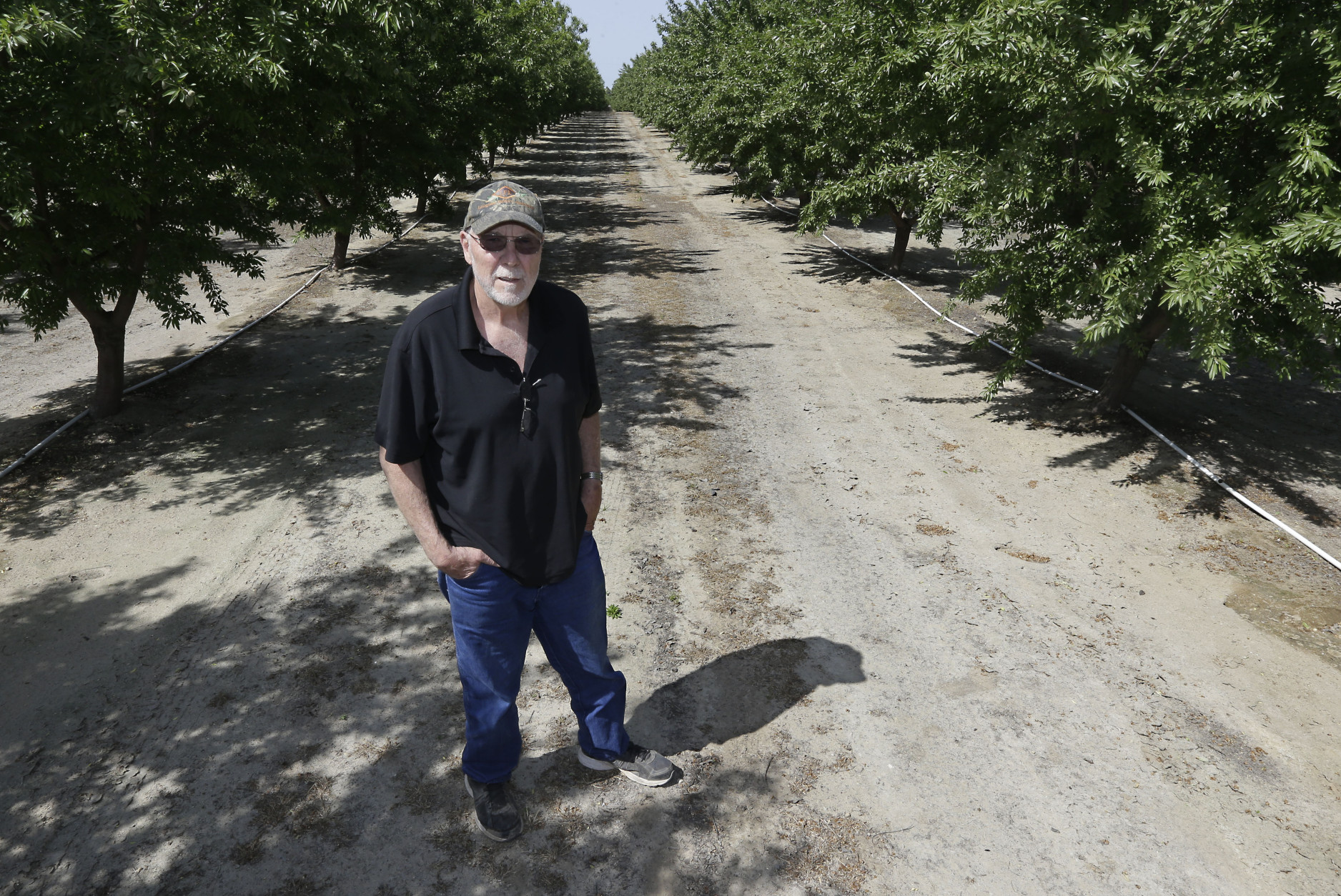
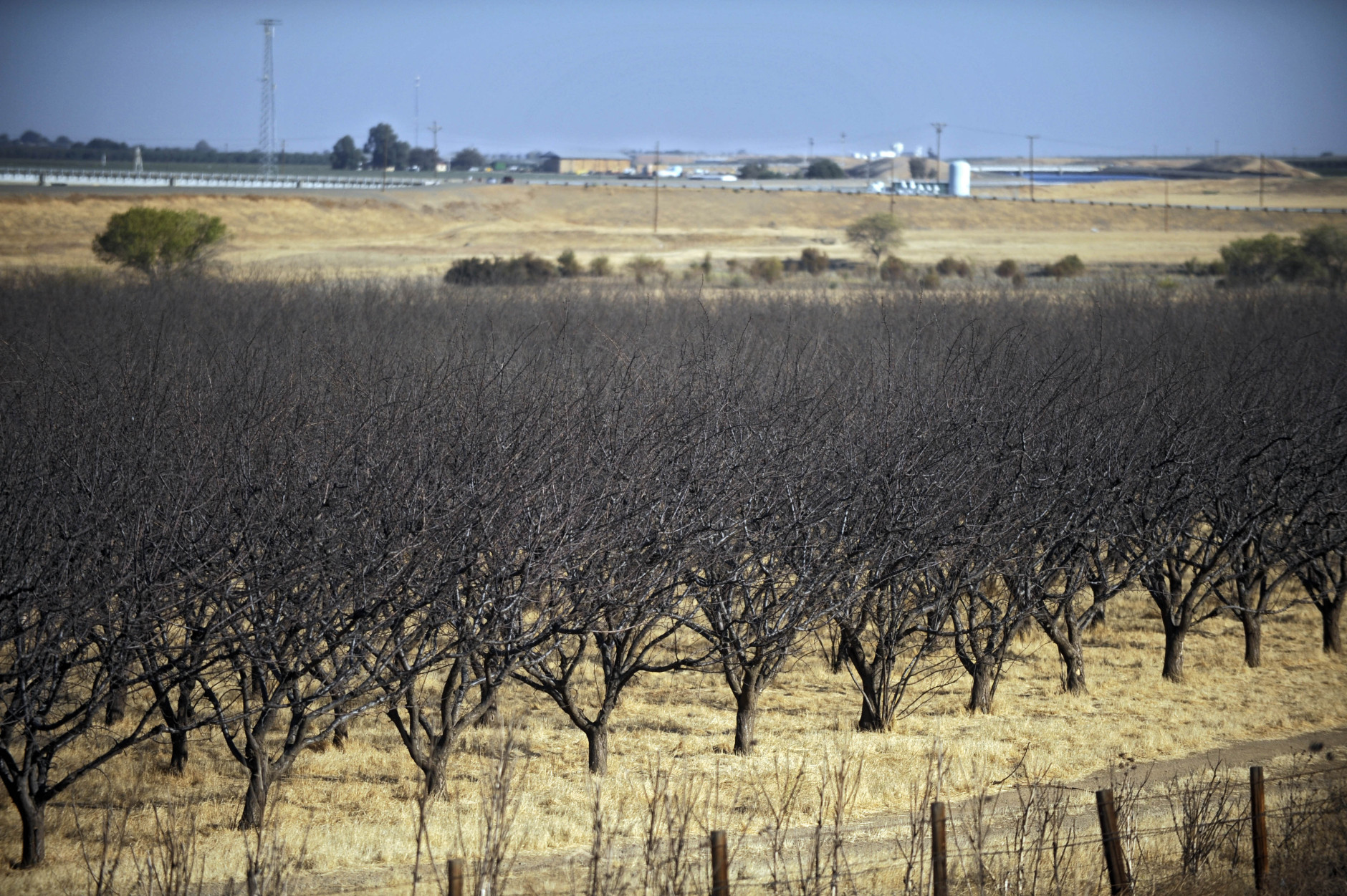
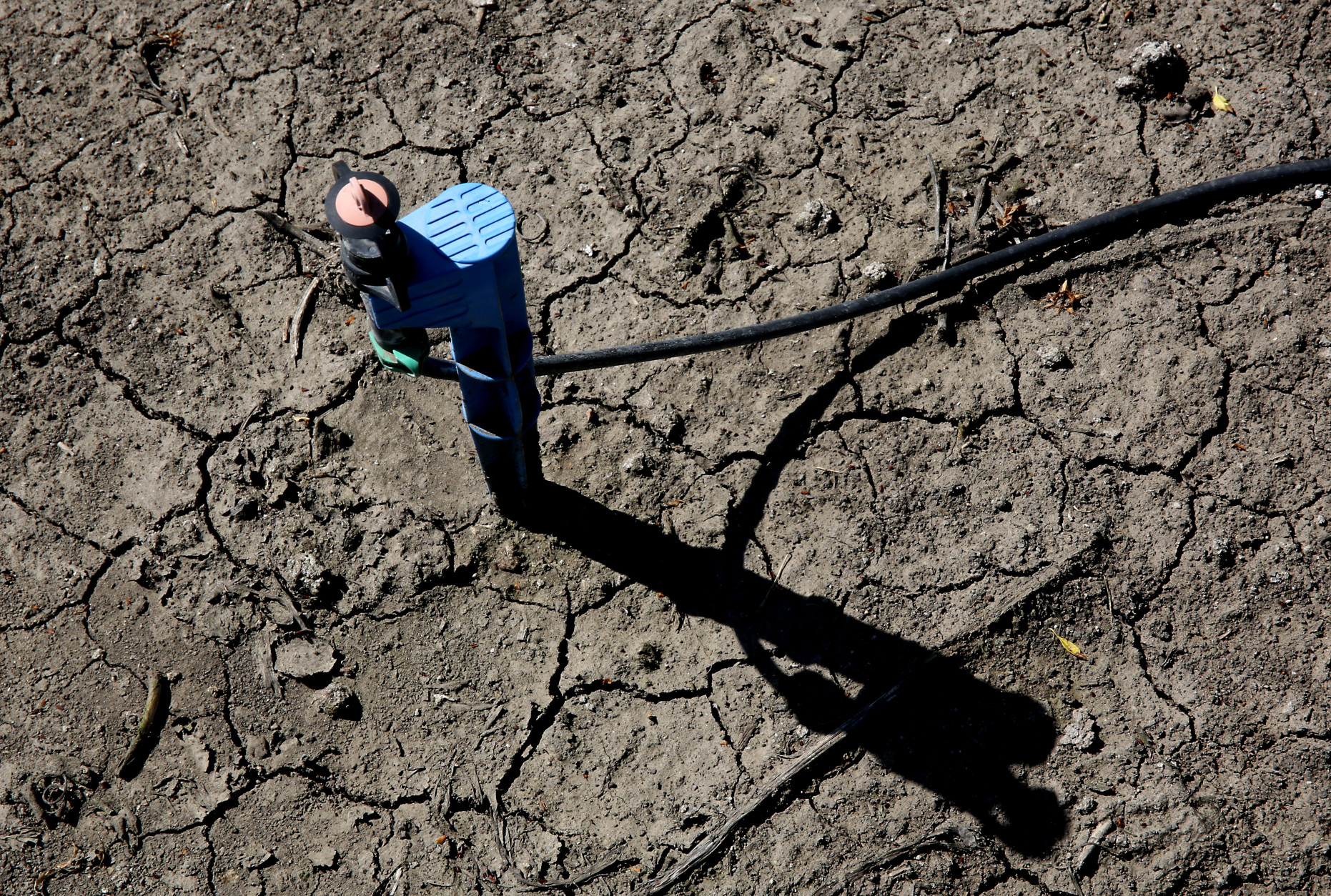
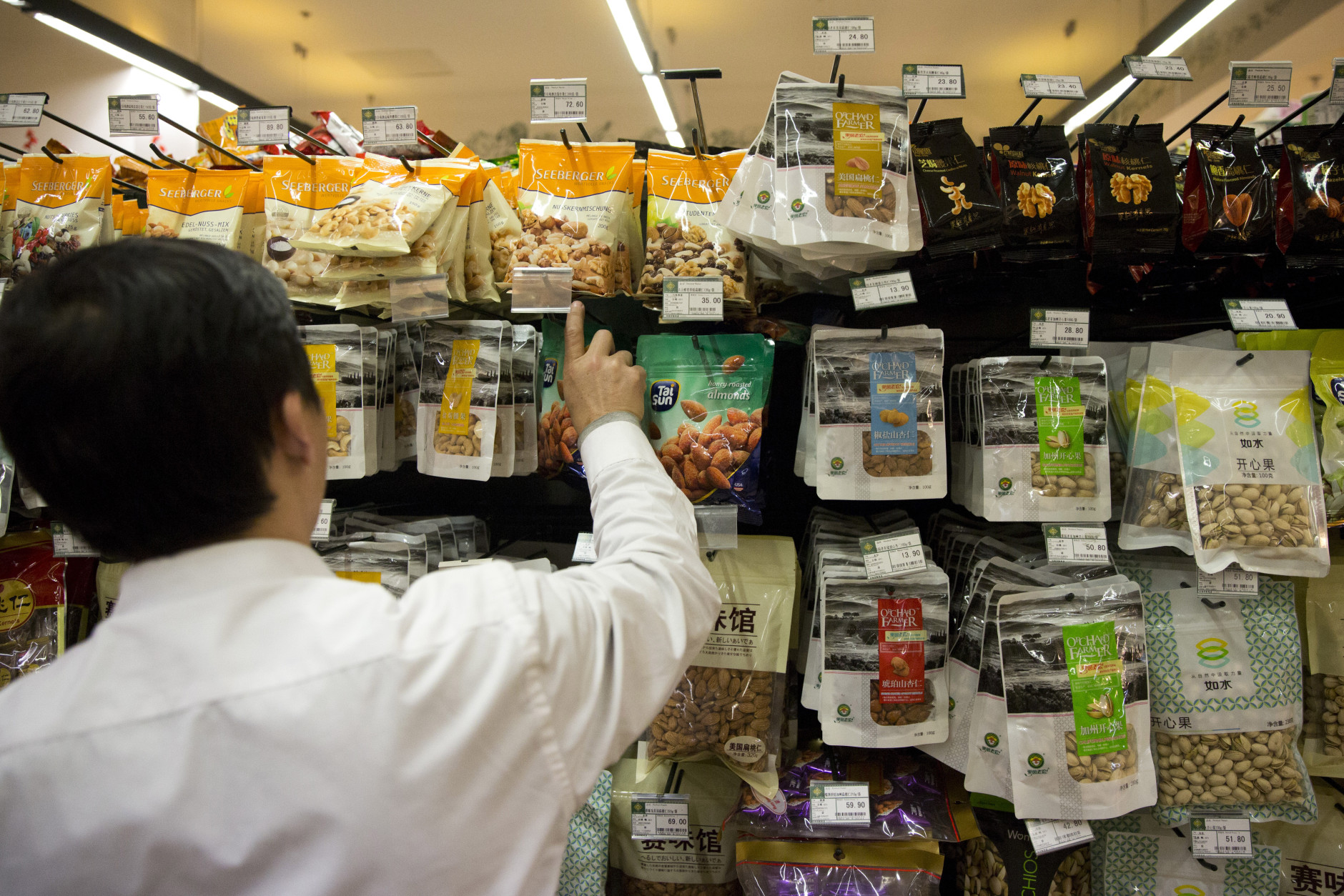
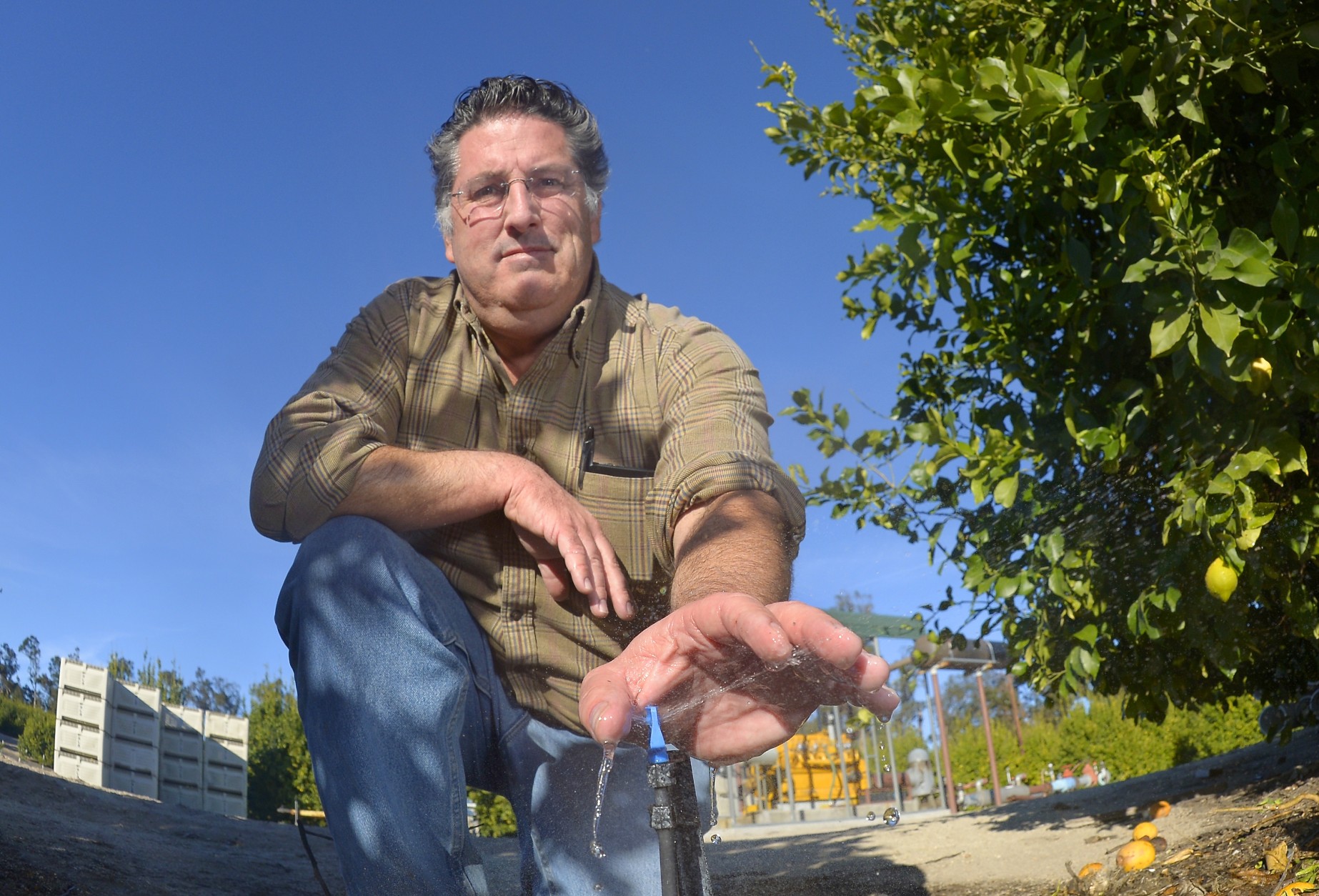
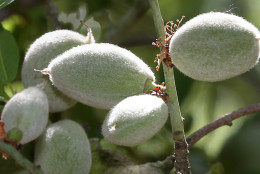
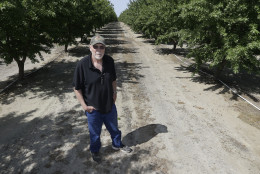
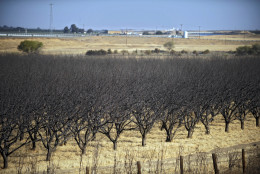
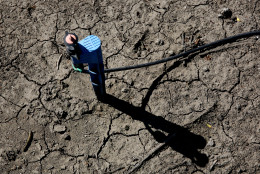
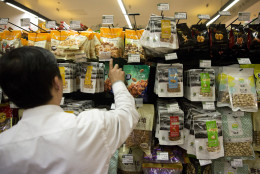
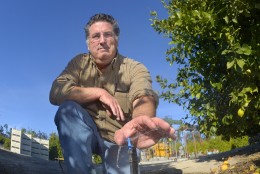
WASHINGTON — Almonds and avocados routinely top lists of “best superfoods” and are superstars at the grocery store. But that could soon change, as the ongoing drought in California threatens the availability of the two popular foods.
The end result may have an impact on your cupboards and your diet.
It’s difficult to scroll through Instagram, peruse Pinterest or browse blogs without seeing a post that features avocados. The fruit (yes, avocados are a fruit) is trendy, and the avocado’s rise to stardom has a lot to do with recent research.
Joy Dubost, a registered dietitian and food scientist in the D.C. area, says science in the ‘80s and ‘90s advised people to limit or avoid fat in their diets. The low-fat foods that hit store shelves in response to the advice were high in carbohydrates, preservatives and additives, which, ironically, left Americans fatter.
In the last decade, however, emerging research has disproved earlier claims, finding that some fats are actually beneficial to health.
“What we found is that the fats that are contained in nuts, particularly almonds, as well as avocados, really are great for protecting your heart. And so no longer do we advise people to avoid these types of products or worry about the fat content,” Dubost says. “Because we know that those types of healthy fats – the mono-unsaturated, the poly-unsaturated fatty acids – are actually protective.”
In fact, recent studies have shown that eating nuts decreases mortality rates by 20 percent, and that daily nut consumption is associated with a decreased risk in heart disease. Almonds and avocados also supply a number of nutrients to the body, such as vitamin E, vitamin C, magnesium and calcium.
In addition to research, Dubost credits the restaurant industry with elevating the avocado. She says interest in the avocado spiked when restaurants started preparing guacamole tableside for customers.
“People really liked that; they like to get involved in the preparation of their food,” she says.
Prepared in person or not, guacamole was the gateway to America’s avocado obsession. In 1999, Americans consumed 1.1 pounds of guacamole per capita. In 2014, that amount rose to 5.8 pounds, New York Magazine reports.
Almonds have seen a similar increase in demand. The global population is eating over 1,000 percent more almonds than they did a decade ago, the Associated Press reports. And sales of almond milk in the U.S., a $738 million business, increased 46 percent in 2014.
But the explosion in almond and avocado consumption could soon slow, and California’s climate is the culprit.
The drought’s impact on food production
The Golden State is responsible for producing 82 percent of the world’s almond supply, the LA Times reports, and more than 80 percent of avocados grown in the U.S. come from California. However, just like all food, both avocados and almonds require water to grow – something that’s increasingly scarce in California, thanks to multi-year high temperatures and little rainfall.
On average, it takes about a gallon of water to grow one almond; it takes about 72 gallons of water to grow a pound of avocados. Those numbers may sound like a lot, but other commodities, such as beef, dairy, alfalfa and chickpeas, require even more. California’s drought is even threatening the availability of sushi, due to a drop in the state’s rice crop.
So why are almonds and avocados at the center of the drought’s controversy? It’s because of their popularity. When a recent Chipotle report mentioned that increased prices caused by changes in climate conditions could one day lead to a suspension of the chain’s sales of guacamole, the world started paying attention to the climate’s effect on food.
“Having only just recently become a tattoo-worthy symbol of foodie obsessiveness, the avocado could become the symbol of a pre-climate-change era, when we could reasonably expect anything, from anywhere, at any time, to appear on our dinner plate,” reporter Adam Sternbergh writes in New York Magazine.
From the farm to the fridge
Will California’s drought trickle down and affect food prices? The answer is up for debate.
Some experts predict that produce will see the greatest price increase as a result of the drought; others predict almond prices are more likely to spike. Still others believe that steady production from countries such as Mexico and Chile will help keep costs from rising.
However, the Wall Street Journal reports the rising cost of water in California will likely increase the cost of production over time, and that slight increase will eventually make its way to the grocery store shelves.
If that happens, registered dietitian Dubost has some advice for finding sources that offer nutritional benefits similar to almonds and avocados – but nothing will fully replace these foods.
“All foods are unique, and that’s why registered dietitians also talk about balance and moderation, as boring as that may sound,” she says. “Each food has its own components that are essential to the diet, in the case of almonds and avocados; they have very unique nutrition profiles.”
However, Dubost says other nuts, such as walnuts and pistachios, supply protein and essential vitamins and minerals. And think outside the shell: Many nut butters contain the same nutritional qualities as their whole counterparts. Just be wary of added sugars.
“That can hike up the calories, with little nutrition coming in from the sugar,” Dubost says.
Avocados are a little more unique, especially from a cuisine standpoint, since many cooks use them for their creamy, butter-like texture. However, qualities from avocado’s good fats are present in a variety of cooking oils, such as canola oil, safflower oil, sunflower oil and olive oil.
“Those will give you the mix of the fatty acid profiles along with the vitamin E,” she says.
The overall message, she says: Continue to eat a variety of fruits, vegetables, proteins and natural sources of poly-unsaturated the mono-unsaturated fats, while limiting your saturated fat intake.







